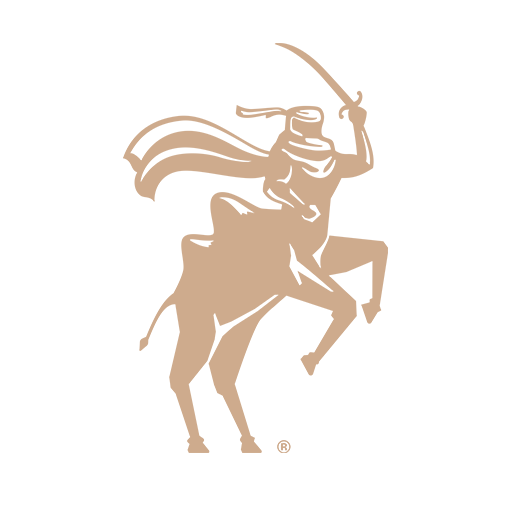About
Arab men's fashion has a long and rich history, dating back to the early days of Islam. In the early days, Arab men's clothing was practical and straightforward, reflecting the people's nomadic lifestyle. As Arab culture became more urbanized, so did Arab men's fashion. In the 19th century, Arab men began to adopt Western-style clothing, such as suits and ties. However, traditional Arab clothing continued to be worn in many parts of the Arab world and remains popular today. Arab masculinity is a complex and multifaceted concept influenced by various factors, including religion, culture, and history. "True masculinity" in Arab culture is often associated with Arab masculinity, including strength, courage, honor, and chivalry. Dausar wants to highlight these masculine traits through our fashion designs. Dausar's vision is to bring fashion into the world by returning to simplicity, practicality, and luxurious masculinity using the best quality fabrics and accessories. Dausar aims to highlight Arab men's passion for fashion and share it with the world.
